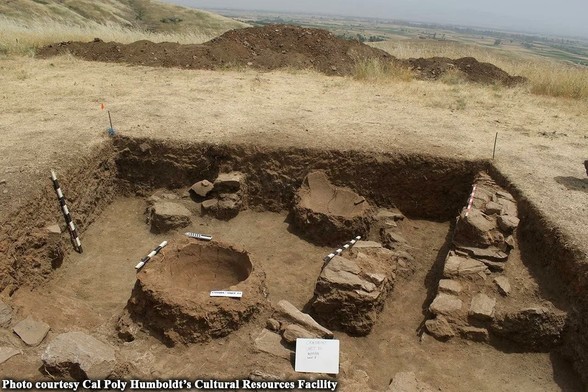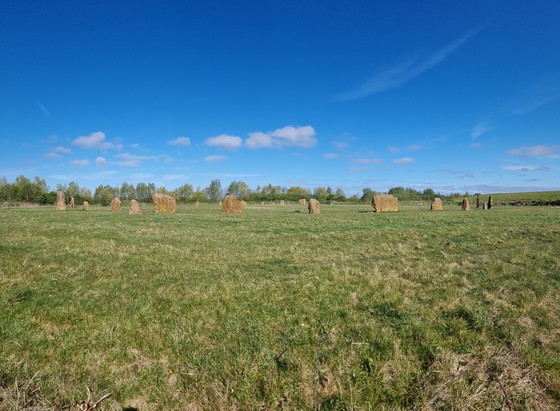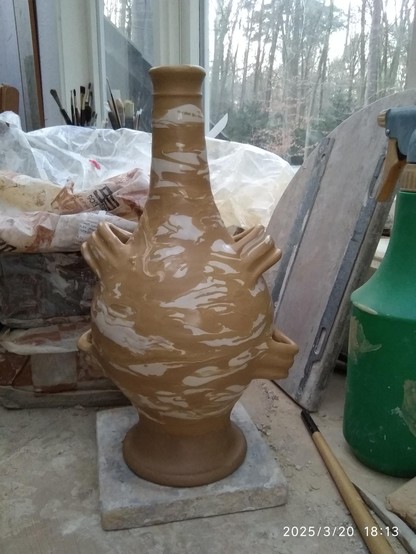#archeology
"Archaeologists have long assumed that Stone Age tombs in Ireland were built for royalty. But a new analysis of DNA from 55 skeletons found in these 5,000-year-old graves suggests that the tombs were made for the community, not for a ruling dynasty.
In Ireland's Neolithic period, which lasted from about 3900 to 2500 B.C., people built 'megalithic monuments' — large stone structures that contained human bones and cremated remains. While the monuments clearly marked burials, archaeologists have argued about who was interred in them and whether the tombs served other purposes, such as being focal points for rituals, ceremonies or performances.
(. . .)
Instead of seeing the Neolithic period as one ruled by powerful dynasties, the researchers view it as 'a more equal society,' Carlin said. But more work is needed — including new studies of DNA, artifacts and monumental architecture — to fully understand the social changes that happened in Ireland after 3600 B.C., the researchers wrote in their study."
https://www.livescience.com/archaeology/stone-age-tombs-for-irish-royalty-arent-what-they-seem-new-dna-analysis-reveals



























